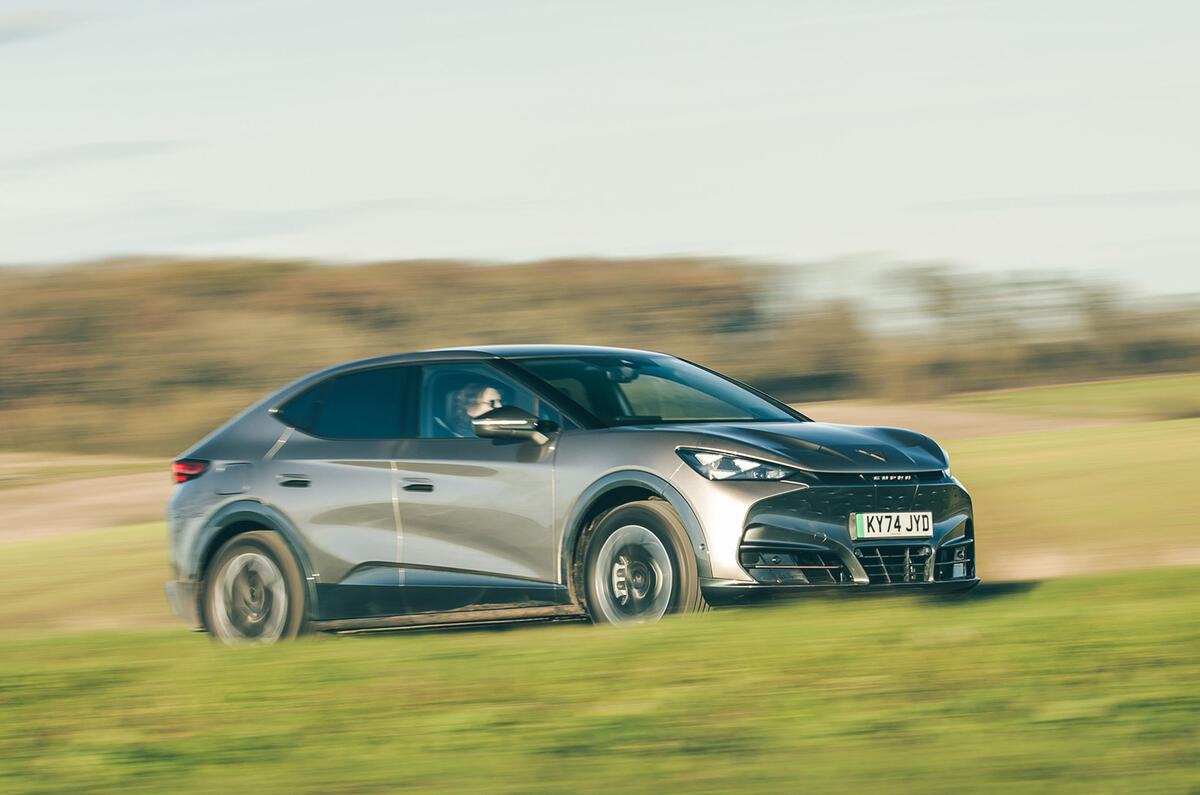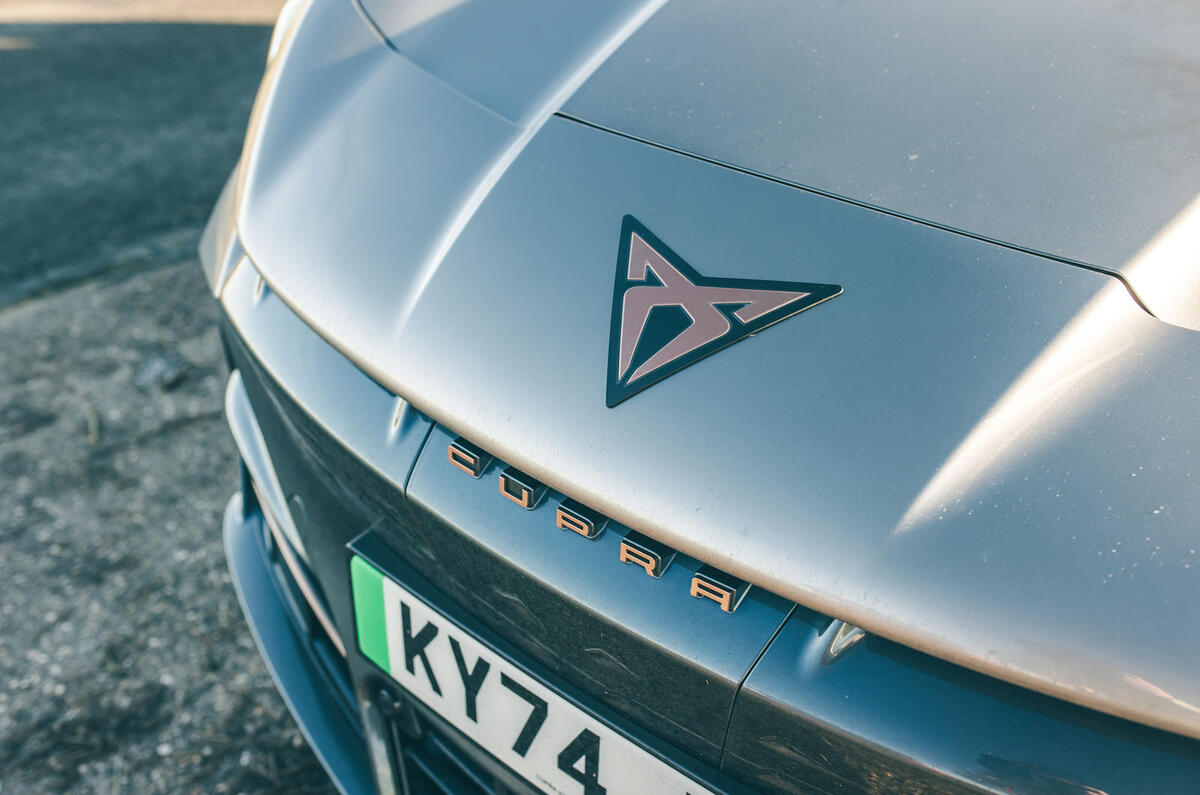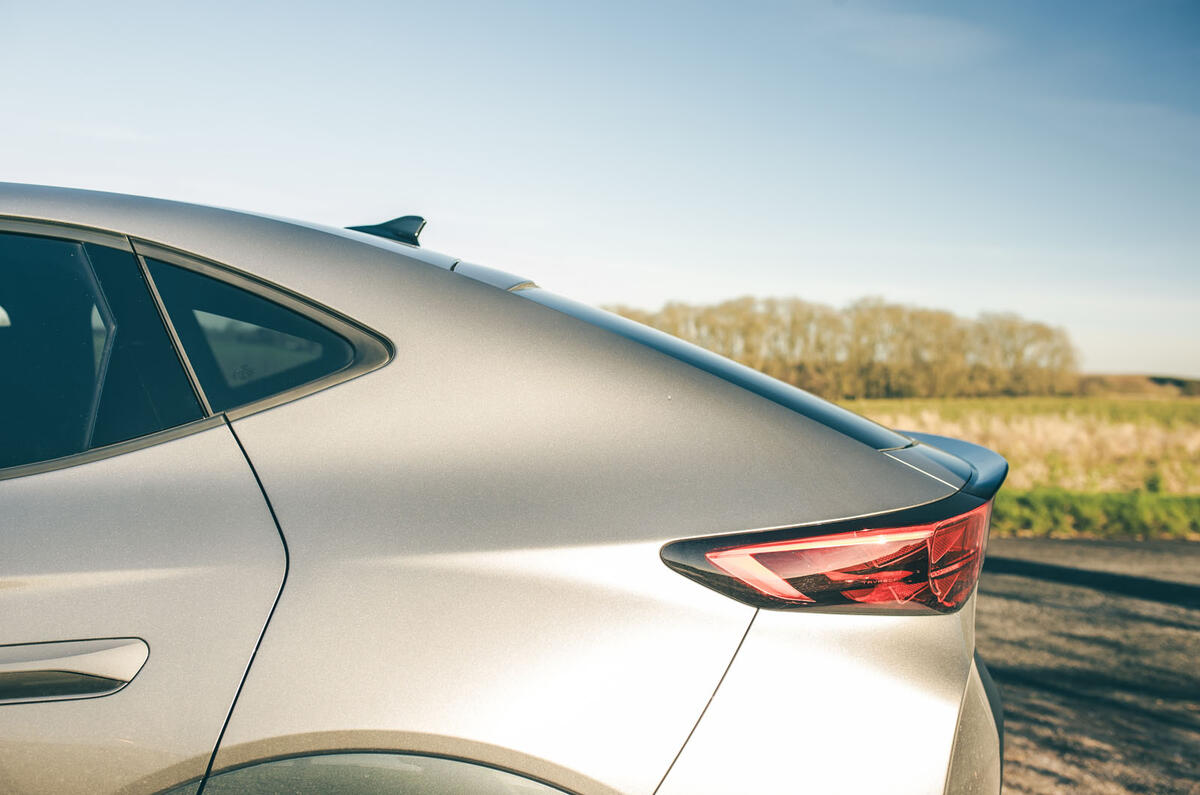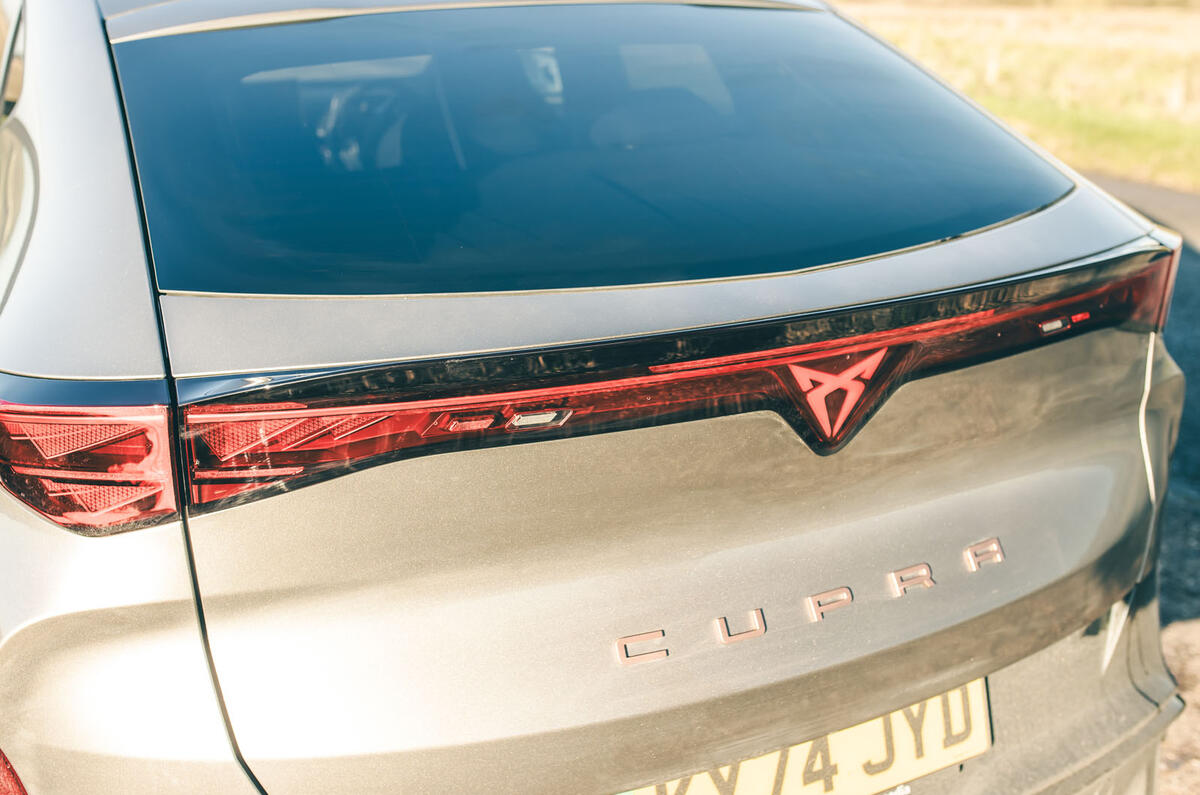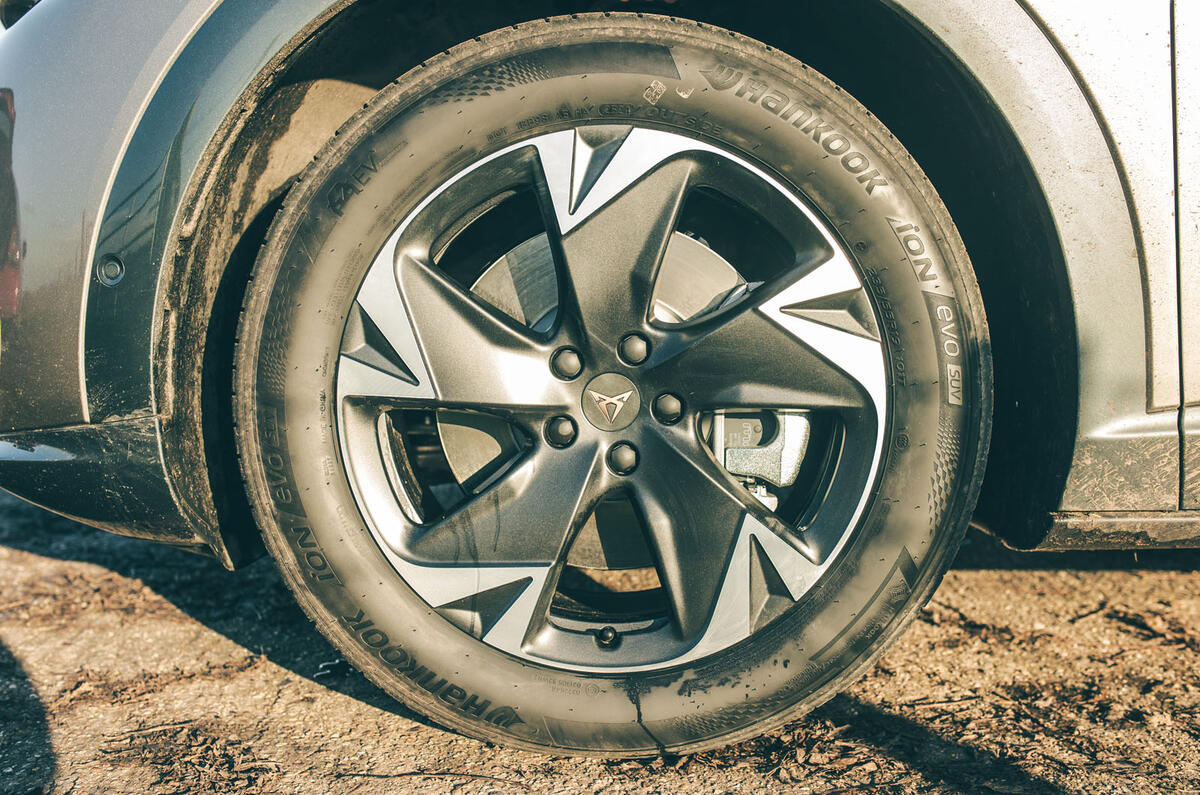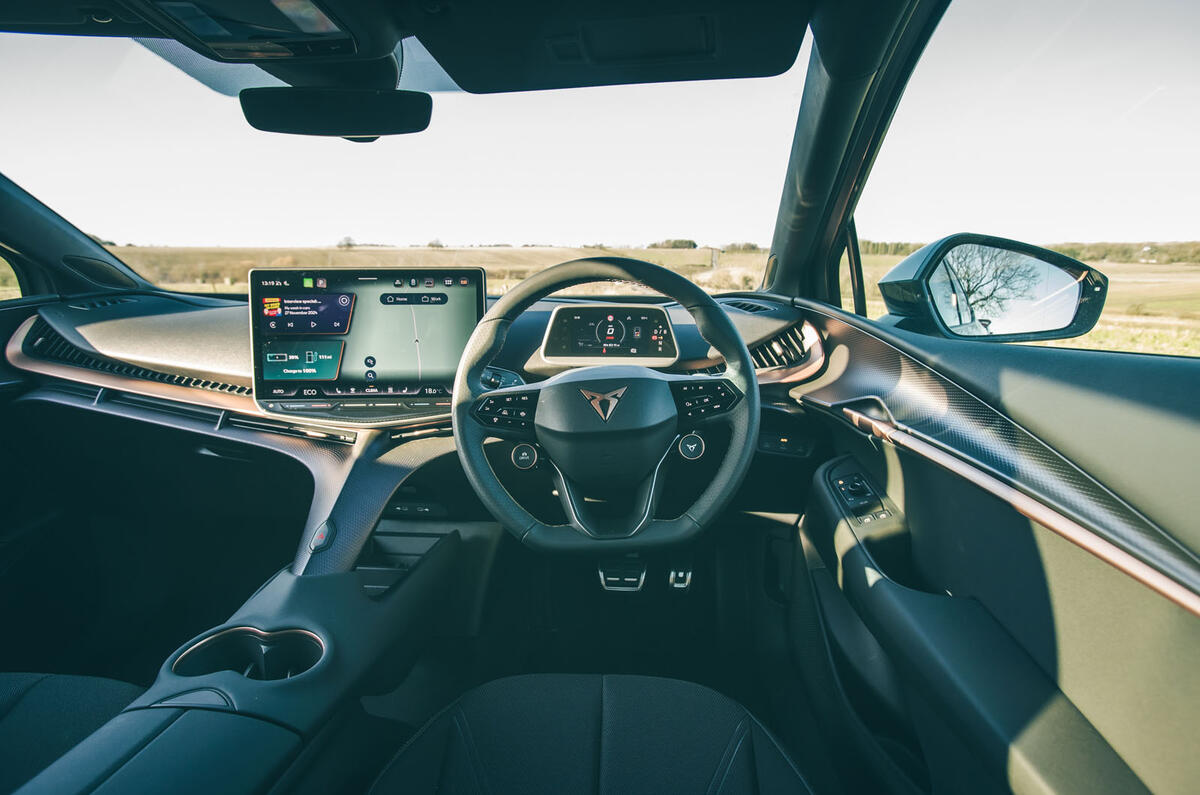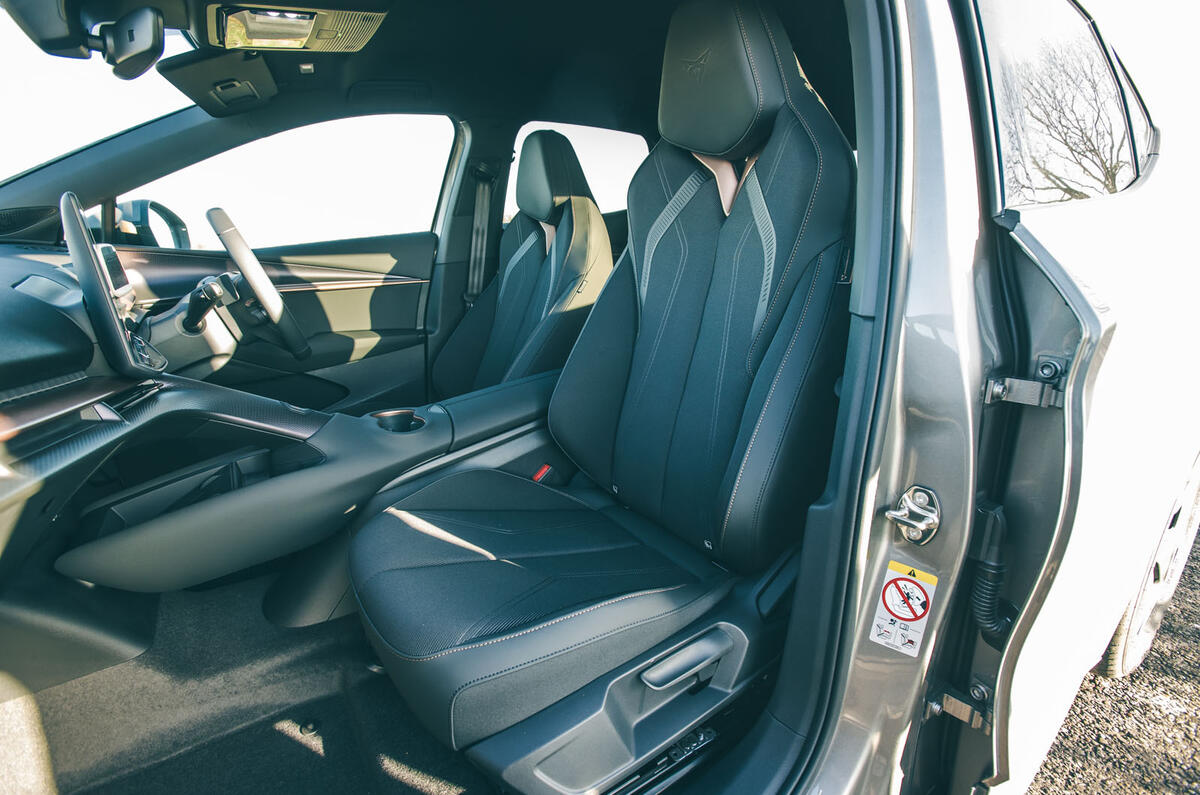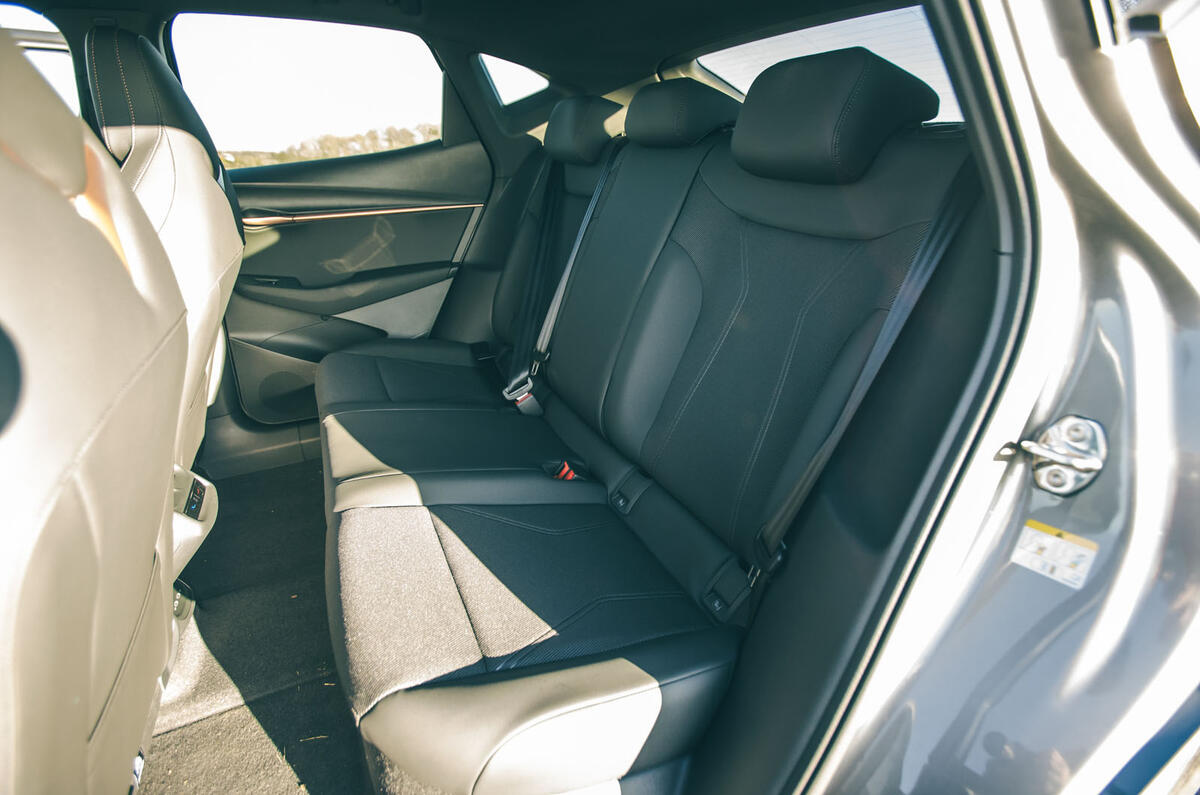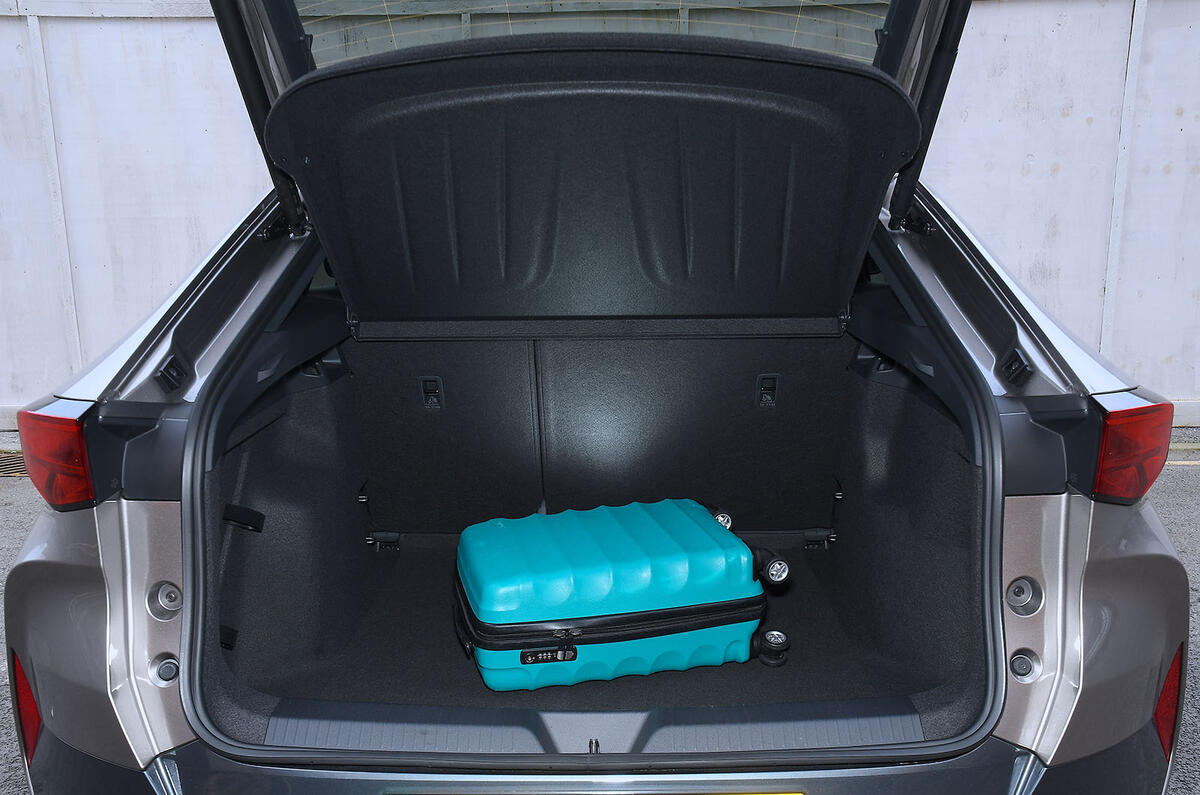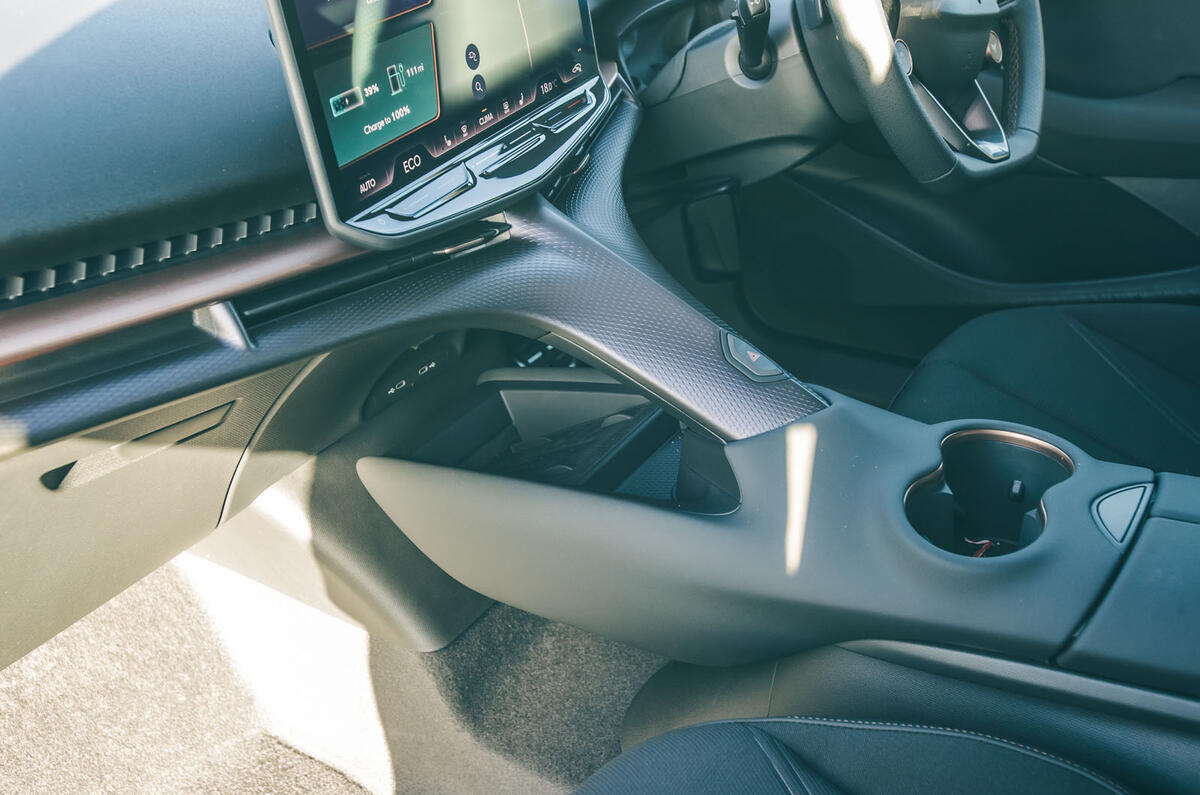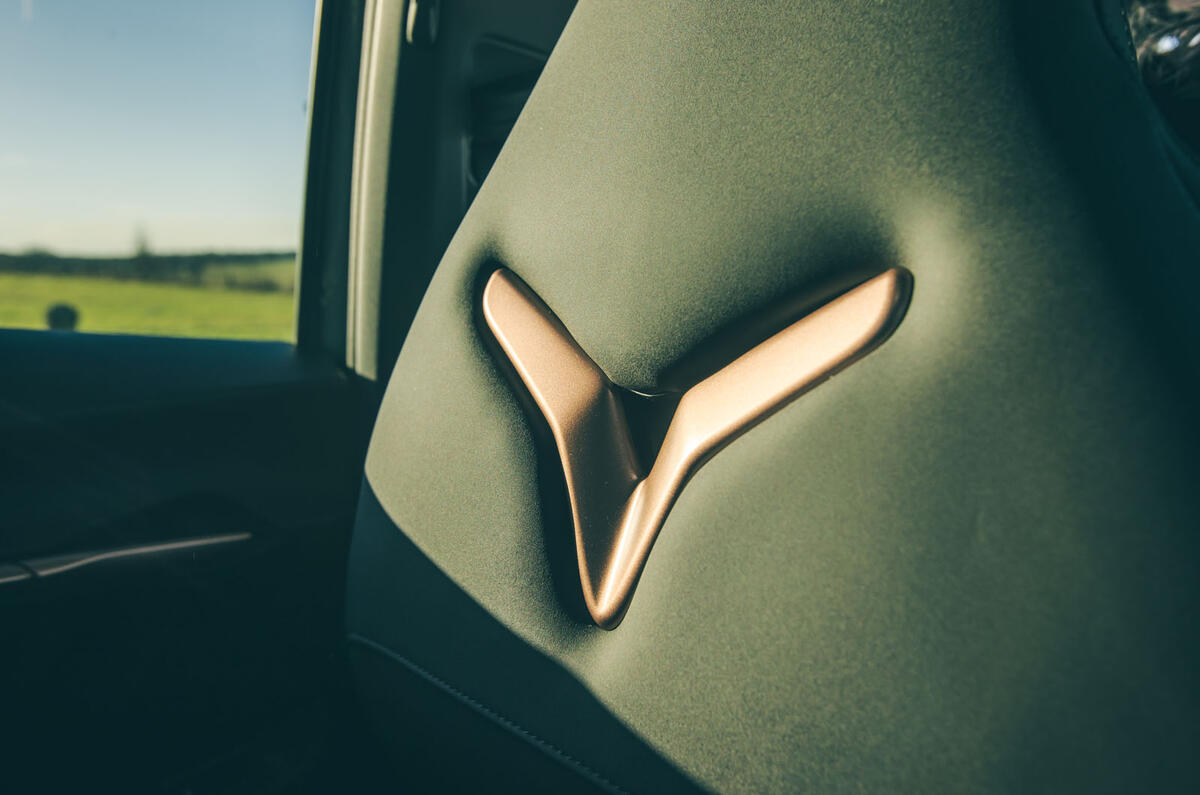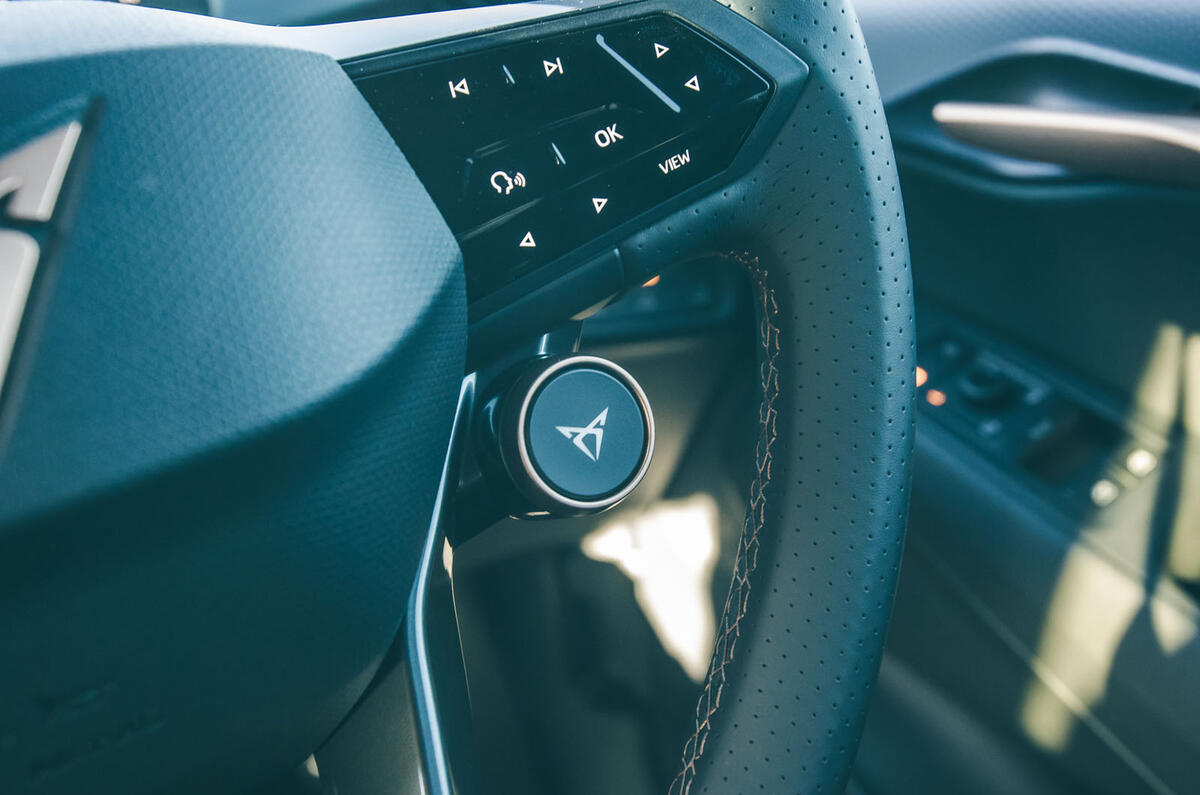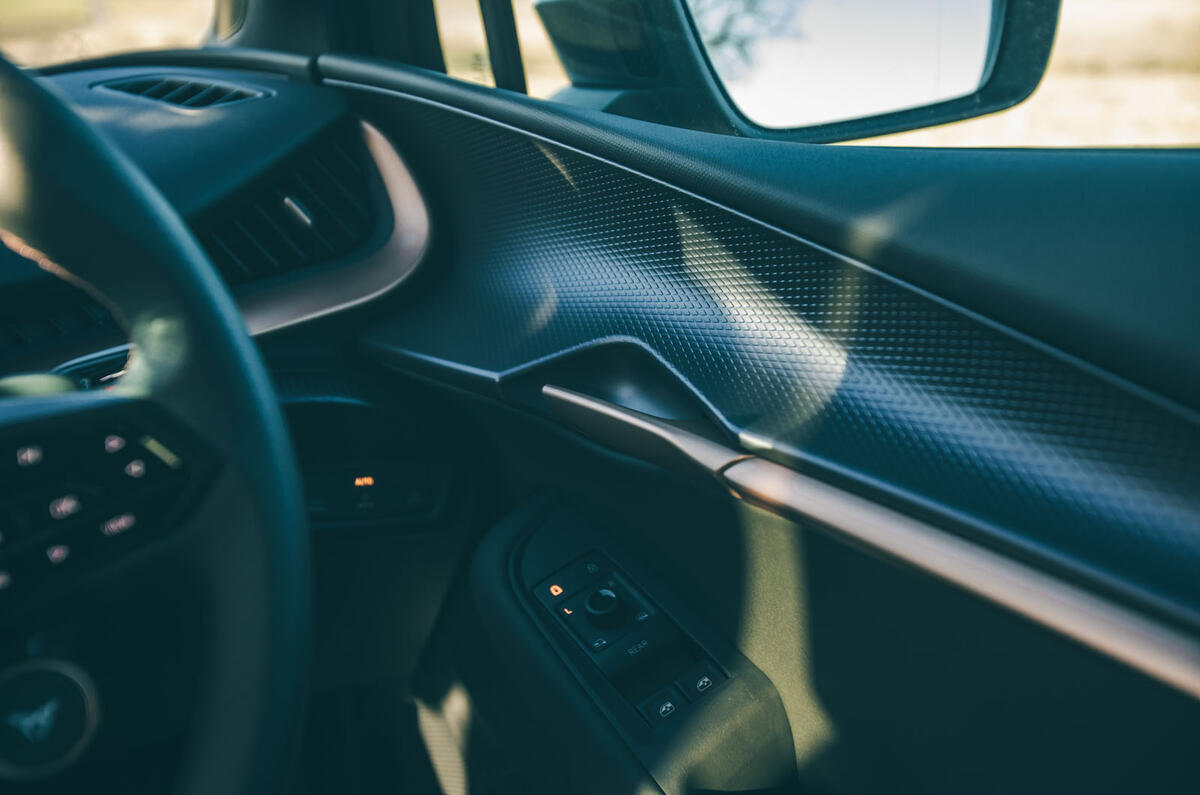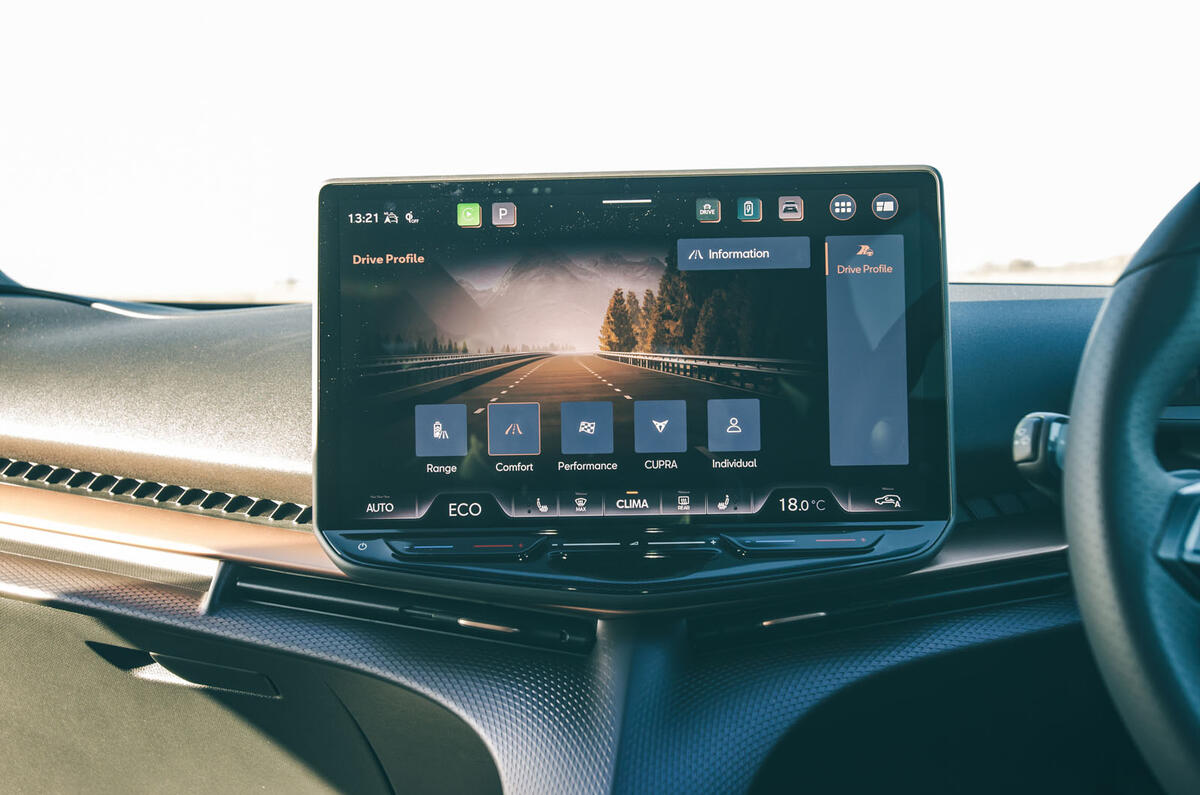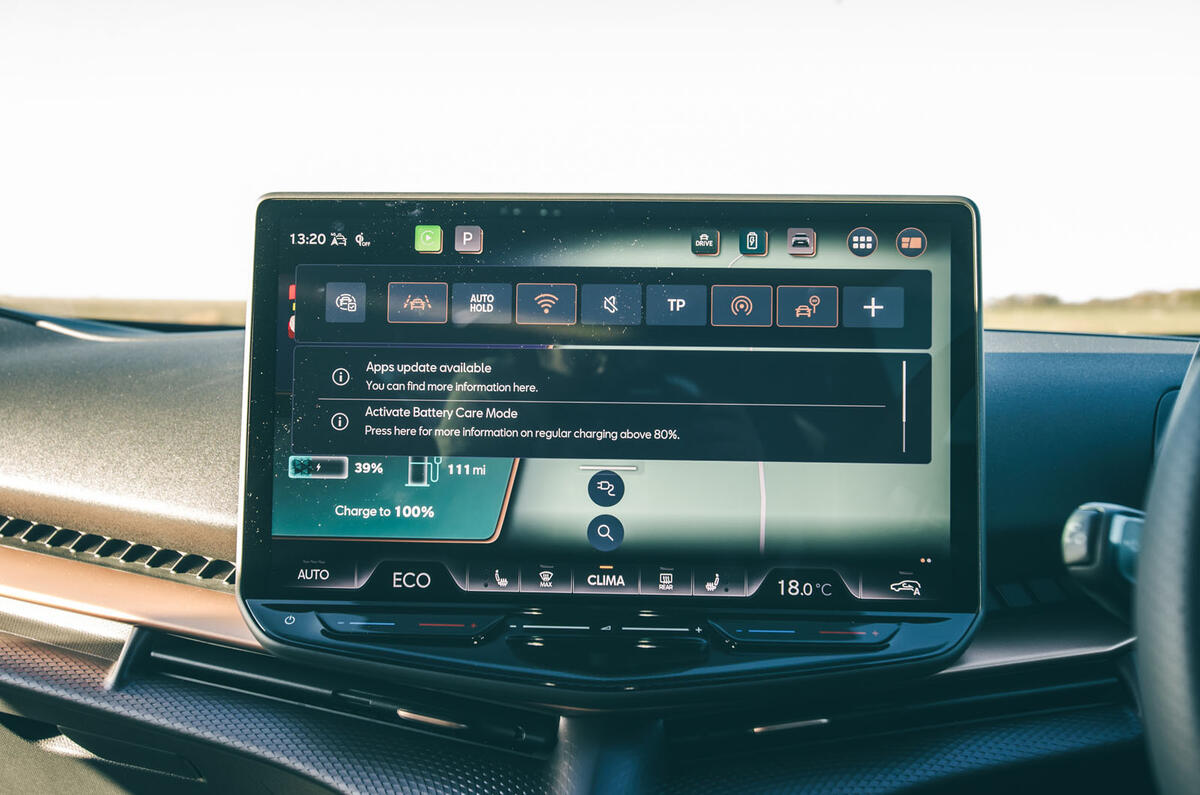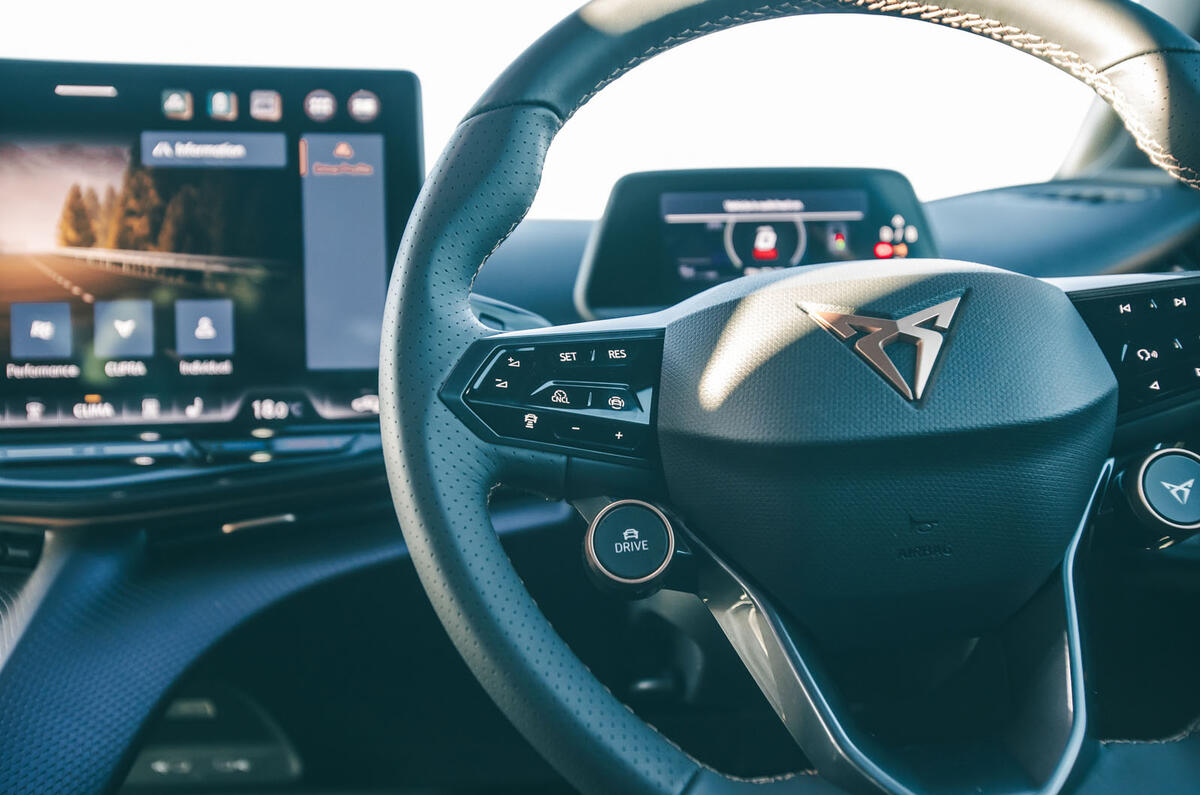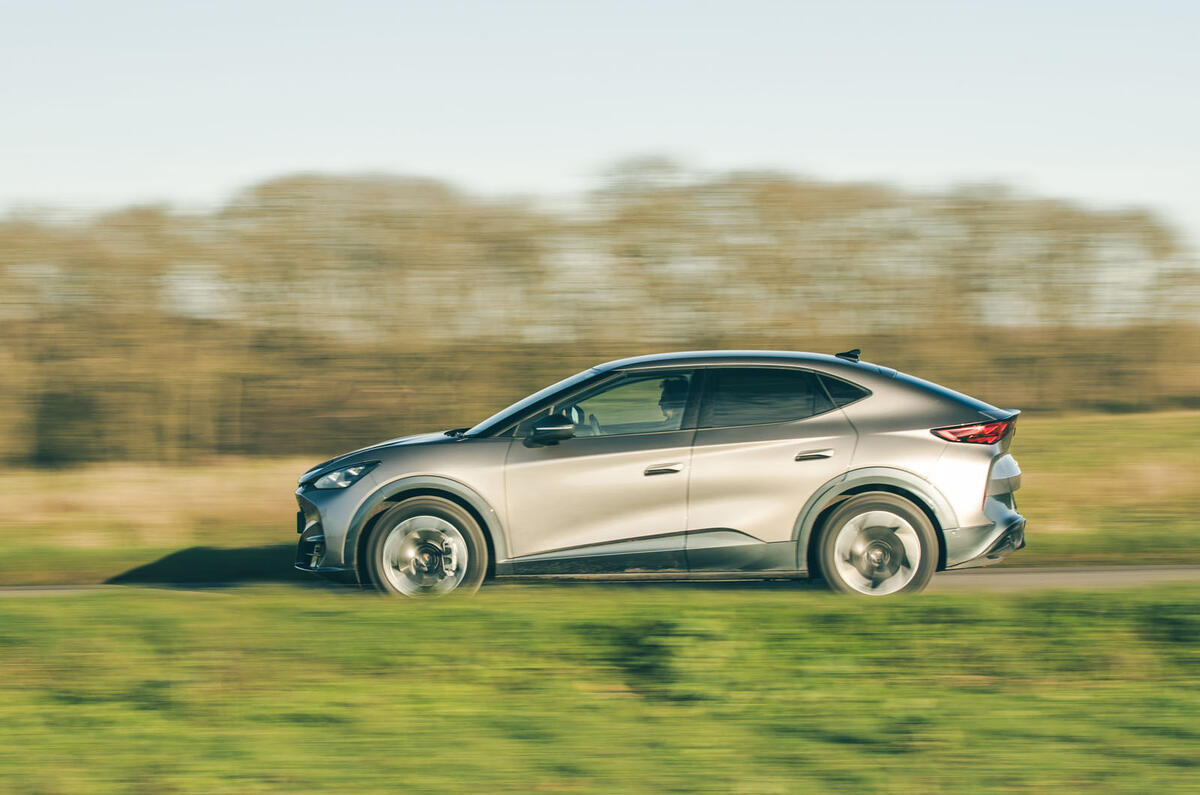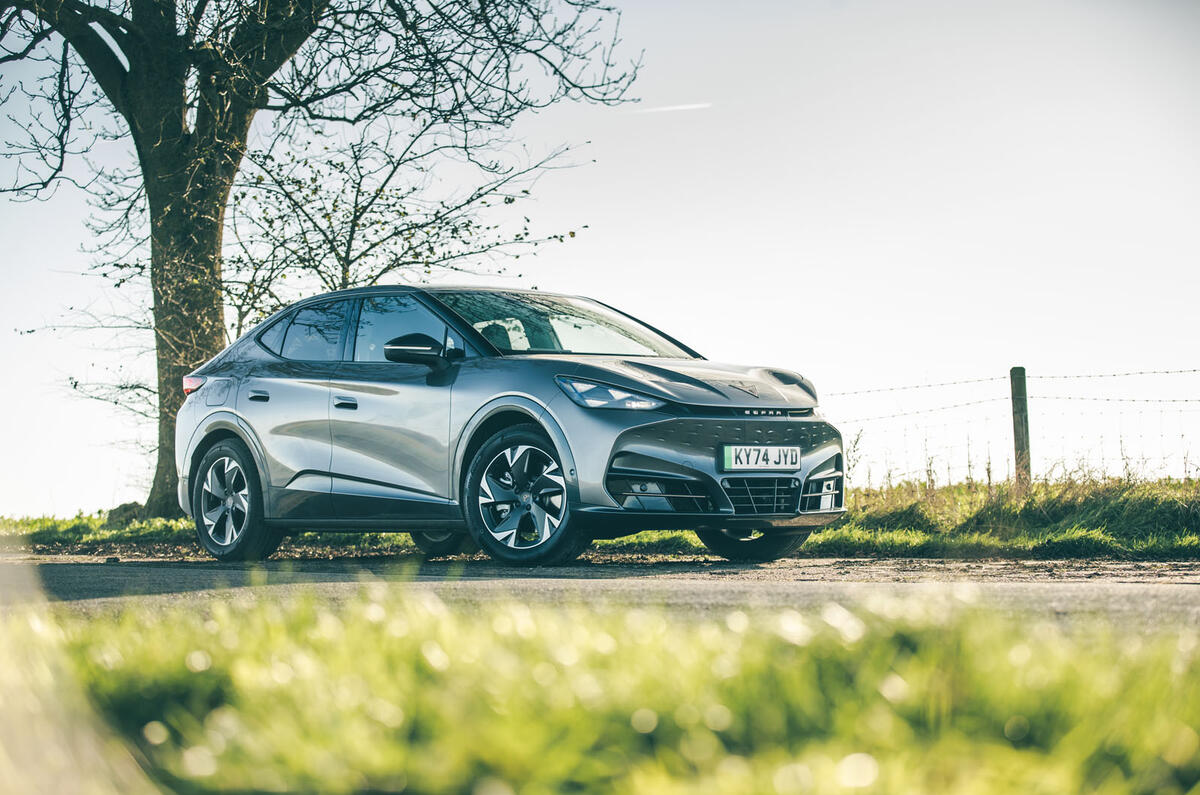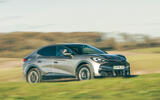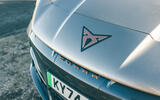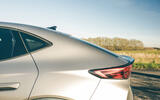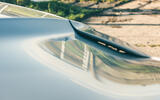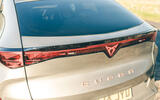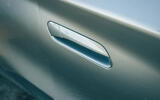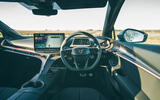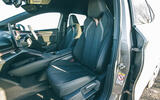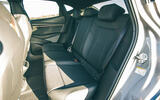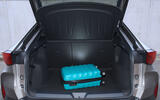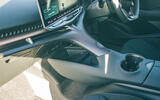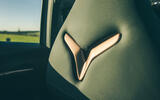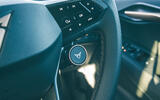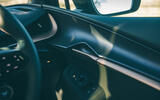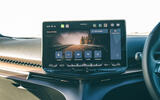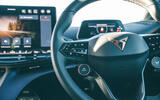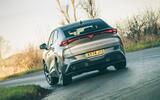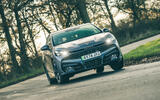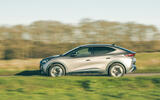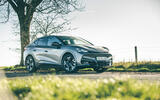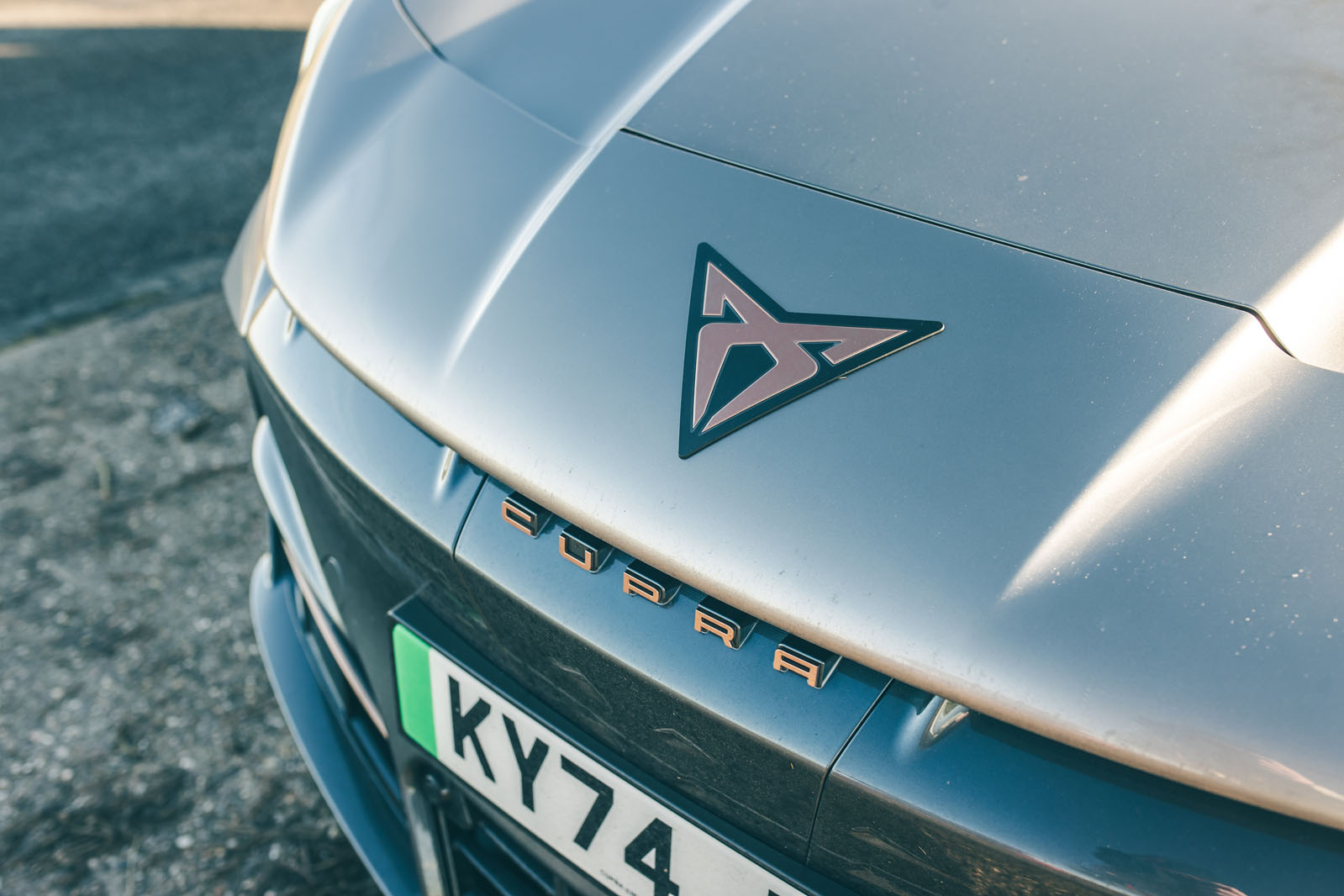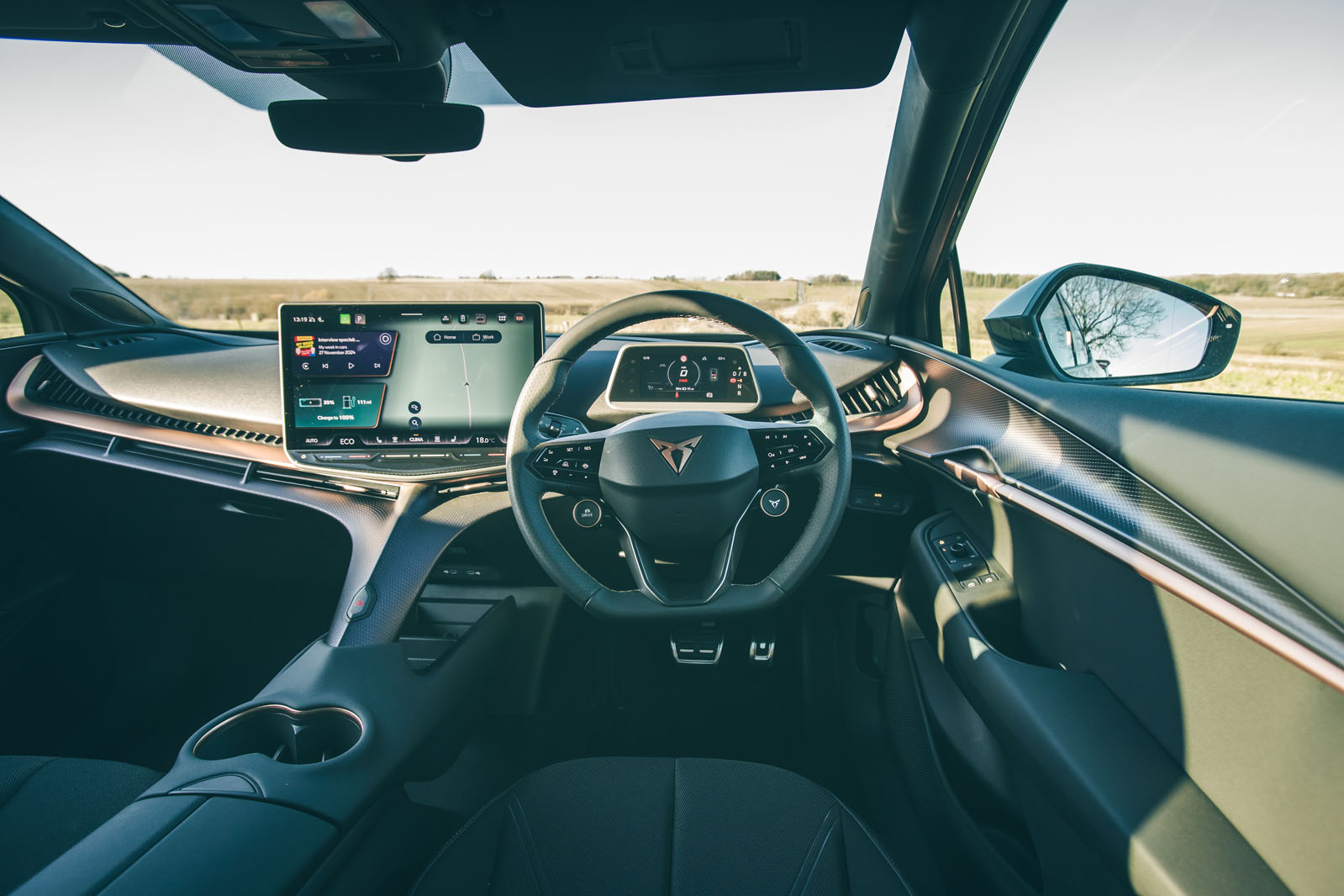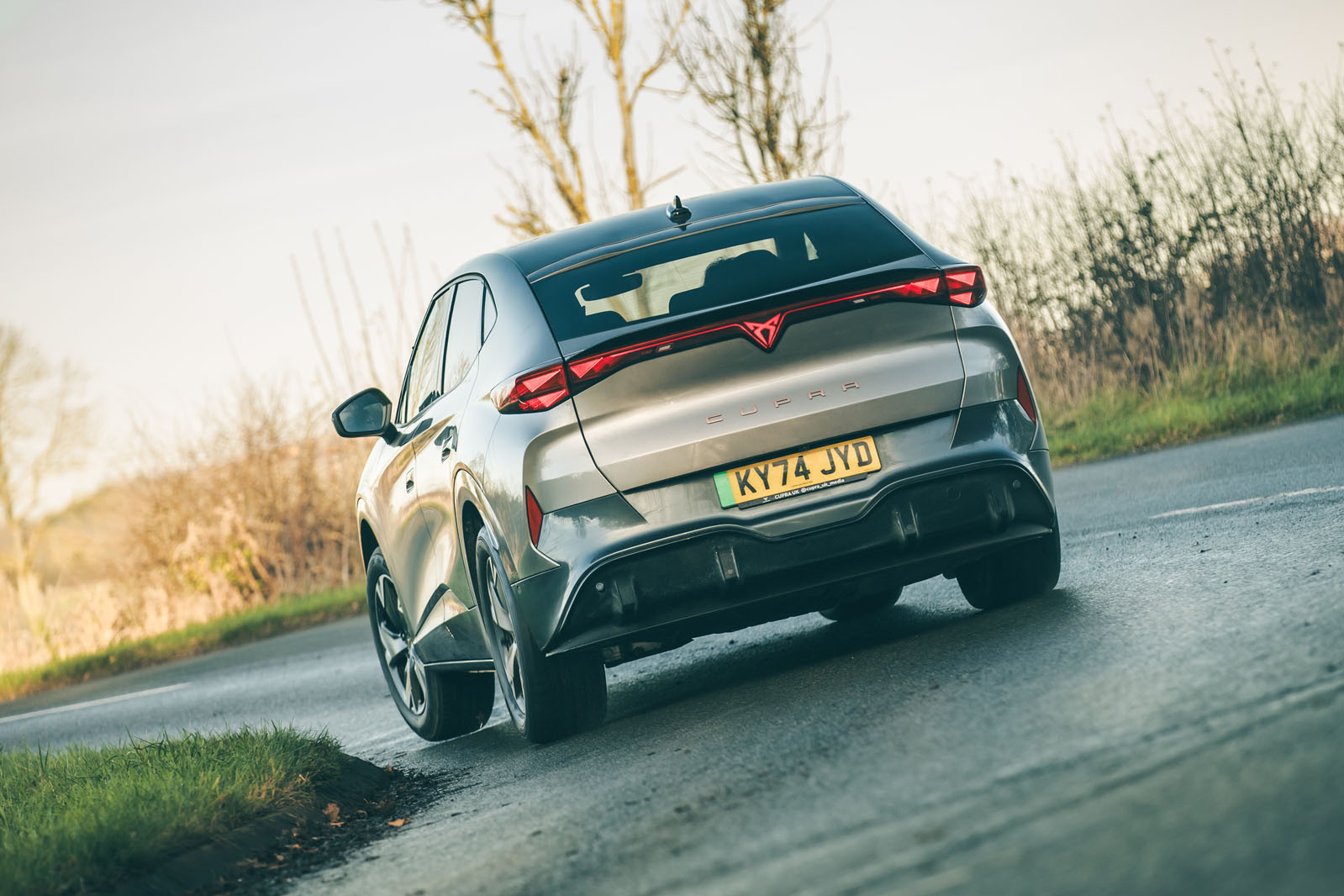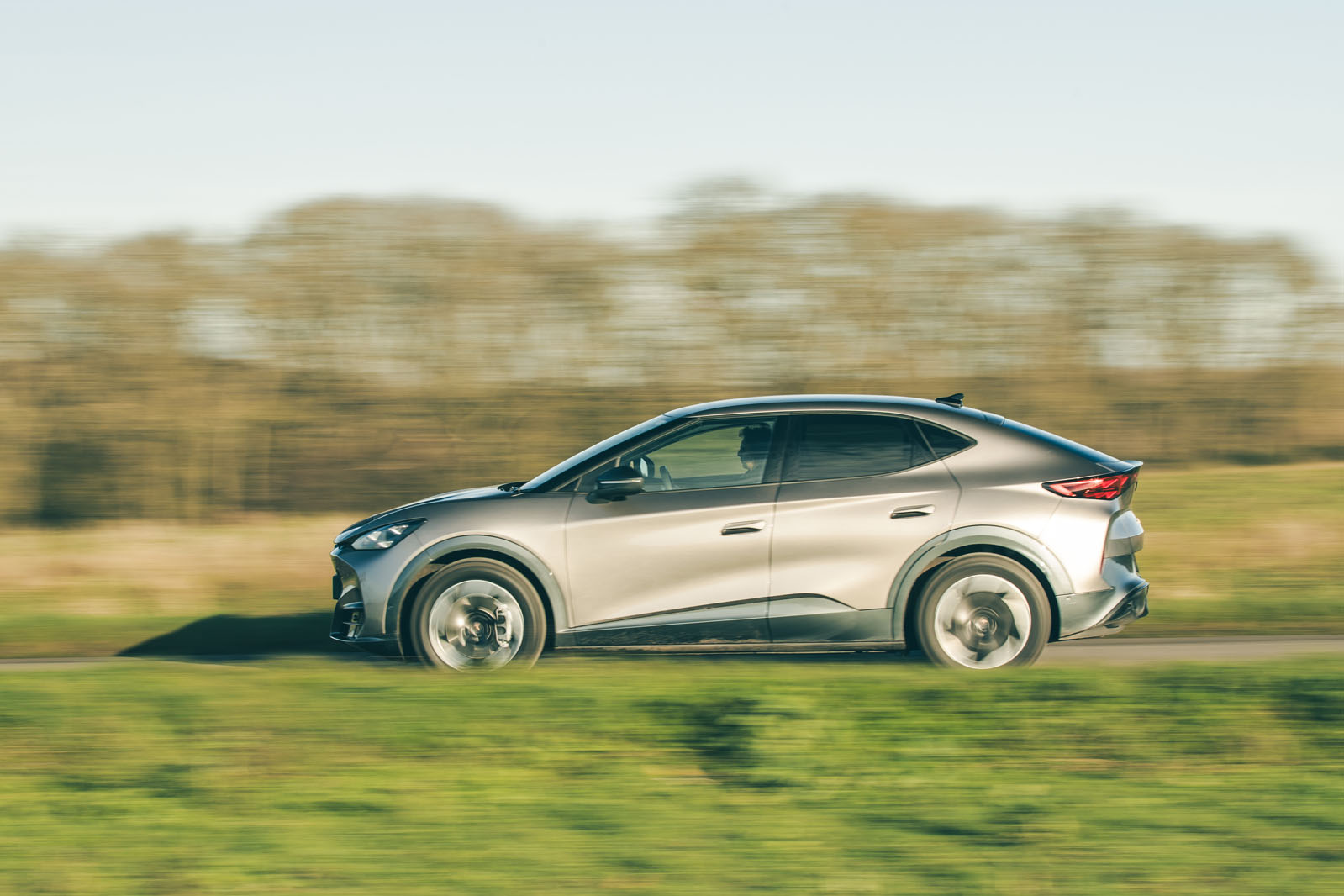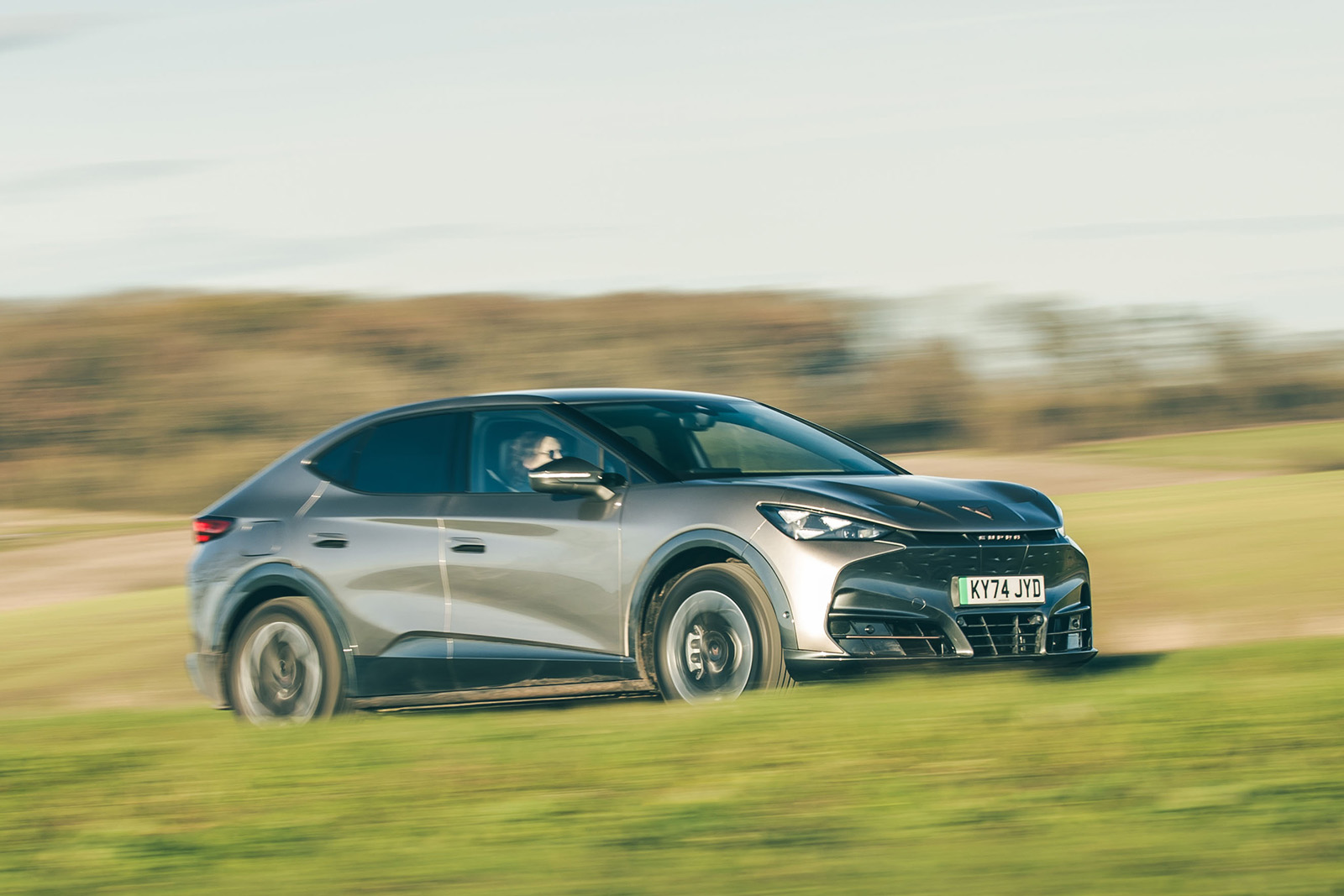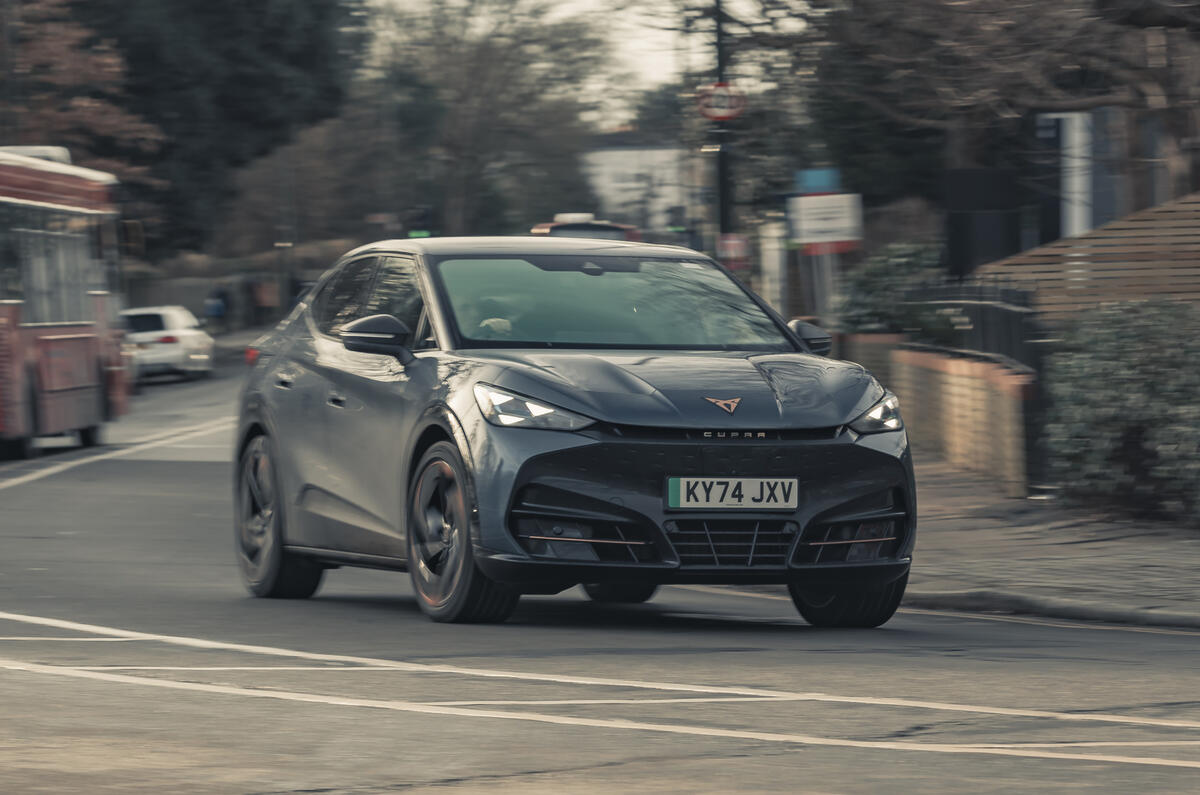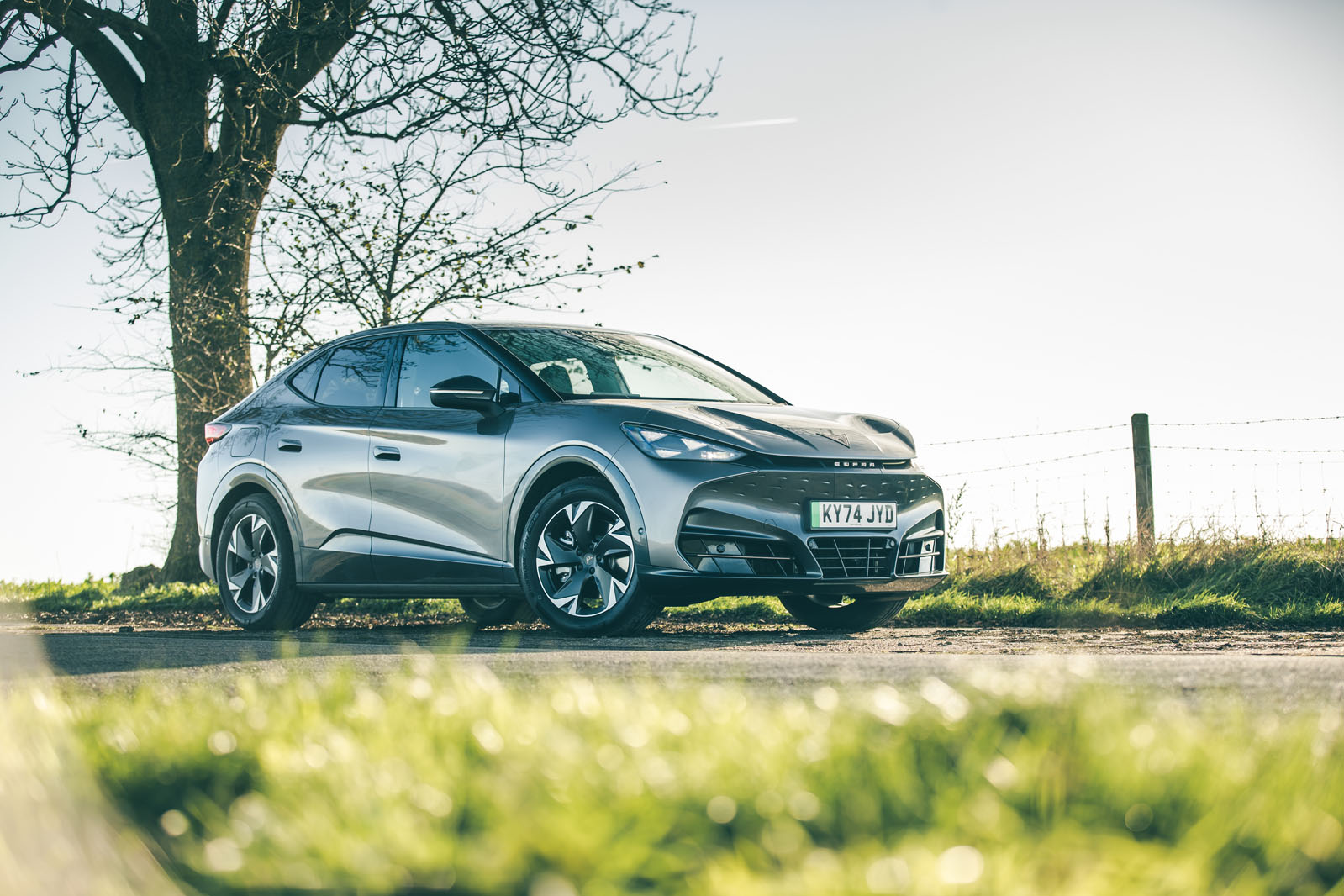We drove more than 2200 miles in a Cupra Tavascan. Click here to read our Cupra Tavascan long-term report
Electric Range
Cupra claimed a brimmed WLTP range of 353 miles from our RWD model. However, during our more than 2200 miles with it, we found that real-world range was, predictably, a slave to the weather and the weight of your right foot.
In the cold or on motorway slogs, you'll be budgeting for a more conservative 200-250 miles; the warmer months saw usable range climb back closer to 300 miles, which is solid, if not class-leading.
Helpfully, its top end charging speed of 135kW (via a DC charger) was competitive, getting you from 10-80% quickly enough to avoid excessive coffee consumption.
Running costs
No surprises here: running the Tavascan day-to-day is notably cheaper than its fossil-fuelled equivalent. Using a home charger overnight, ideally on a cheap tariff, delivers mileage costs that are pleasingly low—around 10p per mile.
Public rapid charging remains the key issue, however, quickly pushing that pence-per-mile figure skywards. As a flat dweller, this was my main source of juice, meaning I spent £511 over my 2200 miles.
For the company car driver, the maths is sound. The Tavascan slots into the lowest benefit-in-kind (BIK) bracket, making the monthly costs bearable despite the SUV’s near-£60,000 price tag.
Faults
The recurring problems are, frustratingly, platform-related. The touch-sensitive controls for heating and audio volume are still a faff, demanding a precision that’s hard to achieve on the move.
More annoying is the persistent software glitch where user-programmed shortcuts keep disappearing from the infotainment screen.
Mechanically, the brake pedal feel is inconsistent. The transition between regeneration and friction braking is poor, making smooth, low-speed stops harder than they should be.
Its sensors, too, were overly sensitive, resulting in a few tight car park issues - Cupra says, given our findings, extensive work is being done to sort this.
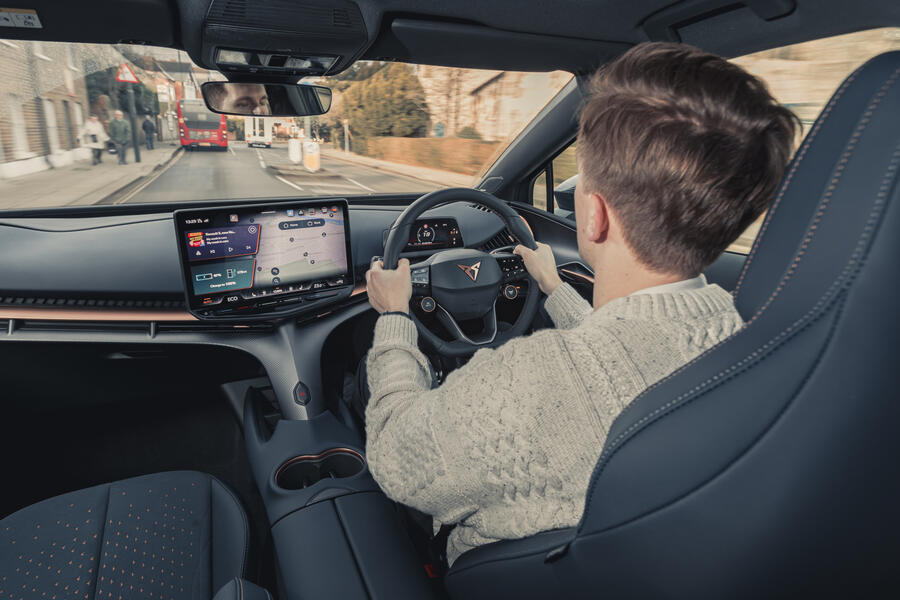
Comfort and Practicality
The Tavascan is a decent long-distance companion. The ride, especially with the adaptive dampers, is composed and refined—it’s far more of a comfortable cruiser than its aggressive looks suggest. The seats are excellent, providing great support.
Practicality, however, is compromised by the coupé roofline, which restricts rear headroom for taller adults, and means rear visibility is poor. A significant oversight is the lack of a proper frunk.
What I'd Improve
Fix the software. The disappearing touchscreen shortcuts and the over-eager rear collision avoidance system (which frequently panics at hedges) were annoying bugs that really shouldn't be found in a car at this price. They need an urgent patch.
Also, I’d bring back physical buttons in place of the awful haptics (although that is more of a Volkswagen Group issue) and replace the touch-sensitive rear window toggle with two proper buttons.





